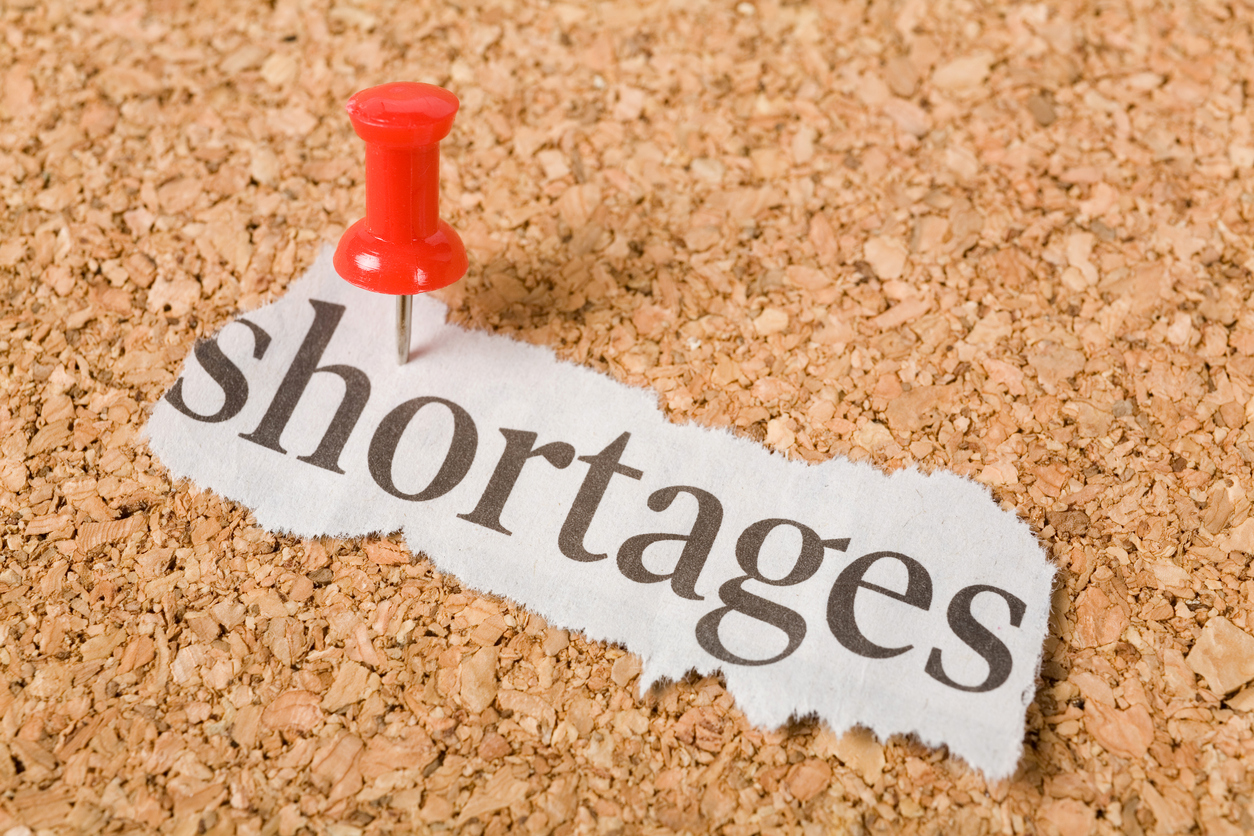How do you stop a drug shortage? Make it profitable for more than one, two, or even ten generic companies to sell the drug. History has shown that when five (5) or more players enter a generic field, the drug price drops substantially. Have more than 5-7 players – the price drops to 80% of brand in 30 days and more than 16 players the price can drop to 90% of brand pricing (see article here) . Given that manufacturers have different cost structures for just about every aspect of drug production, distribution, cost of goods (like active pharmaceutical ingredients, labor costs, container closure systems etc.), it is not unexpected that certain manufacturers have a significant cost advantage over others.
As an old economic professor of mine once told me. If you lose a nickel on each unit sold, you can’t make it up on volume. How true this is and this is one major reason we are currently experiencing such devastating drug shortages. When you start losing money or not making money on a product, competitors disappear. One solution might be to raise the price charged for generic drugs! While a widely unpopular approach or idea in this era of the constant hammering of politicians and patients on prescription drug costs, it may be important to remember, as pointed out by the Association of Accessible Medicines (AAM) that “generic and biosimilars represent 91% of all prescription filled, but only 18.2% of prescription drug spending” (here).
Of course, this is only one of a myriad of issues that can impact drug costs, including the price pressure squeeze by the big three wholesalers, supply chain issues, compliance issues with manufacturers of drugs, APIs and inactive ingredients as well as increasing costs associated with drug development, regulatory costs, and user fees for the filing and maintenance associated with the application submissions and approvals as well as the influence of PBMs. In addition, the regulatory burden on manufacturers continues to increase as FDA asks for more and more data; the financial burden may become too much for players to maintain or seek approval for “simple” generic products.
Everyone thinks they have an answer, but still shortages have not declined significantly over the last few years. They have spiked recently for certain important drug classes like chemotherapy products and drugs to treat attention deficit disorders as well as hundreds of other products that go on and off the drug shortage lists. The FDA has begun to utilize regulatory or enforcement discretion to lessen the impact of some of these shortages, but no long-term solution has been found. Collection of more data places an additional burden on industry as there is a cost associated with the collection and reporting of data to the FDA. Each dollar spent without a corresponding increase in price of the drug means the generic company’s margin become even more razor thin.
Think about that when you walk into a pharmacy to fill a prescription and there is a price increase. Maybe without one, your drug will become the next to go on the shortage list.




